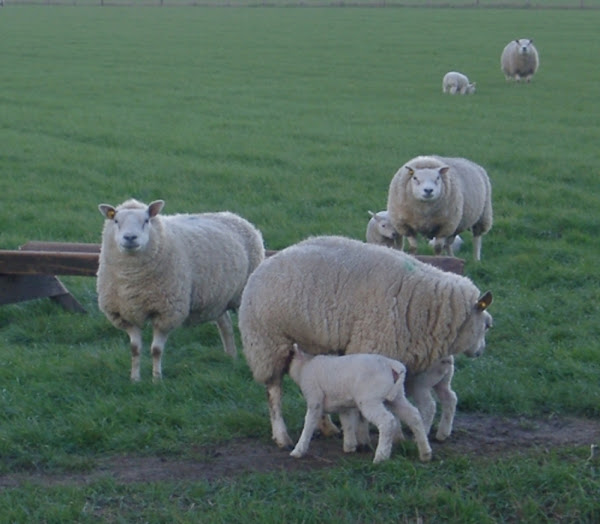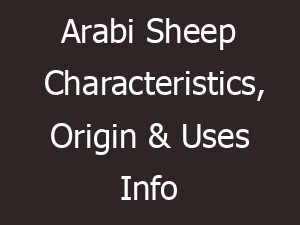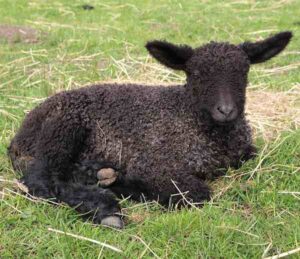The Texel sheep is a breed of domestic sheep from Netherlands. It was actually originated from the island of Texel, the largest of the Wadden Island off the north coast of the Netherlands.
Exact origin of this breed is unknown. But it is thought to be a cross of multiple English sheep breeds.
The breed is also known by some other names such as Texelaar, Texelse, Improved Texel and Verbeterde Texelse.
It is a heavily muscled sheep breed, and produces a lean meat carcass. And the Texel sheep was slowly bred into a meat breed of outstanding carcass quality.
Today, the breed is one of the most common meat sheep breeds in the Netherlands, making up seventy percent of the national flock.
And today the breed is also a popular lean meat sheep in the Australia, Europe, New Zealand, United States and Uruguay.
The breed was first imported into the United States in 1985, by the Meat Animal Research Center at Clay Center, Nebraska. It was imported into the United Kingdom in the early 1970s.
And the Texel sheep were selected from Finland and Denmark to suite Australian and New Zealand conditions. In addition to their natural attributes of heavy muscling and leanness, they had to be mobile sheep capable of traveling distances, free lambing and easy care.
A select Australian flock began quarantine in New Zealand in 1988 and an objective genetic selection program was implemented. However, read some more information about the Texel sheep breed below.
Texel Sheep Characteristics
Texel sheep is a medium to large sized animal with white face. It has no wool on the head or legs.
It is easily characterized by a distinctive short, wide face with a black nose and widely placed, short ears with a nearly horizontal carriage. Hooves of these animals are black.

Most notable and outstanding characteristic of these animals is their remarkable muscle development and leanness.
Texel-sired lambs show an advantage of one full leg score in breed comparisons and less total carcass fat-especially seam fat.
Their wool is of medium grade with no black fibers. Mature animals shear fleece weights of 3.5 kg to 5.5 kg. Photo and Info from Wikipedia.
Uses
The Texel sheep is a meat sheep breed. It is raised mainly for meat production.
Special Notes
The Texel sheep are excellent meat sheep with great popularity. Most outstanding feature of this breed is it’s remarkable muscle development and leanness.
Texel-sired lambs also show an advantage of one full leg score in these comparisons and less total carcass fat, especially seam fat. They grow relatively faster with less feed compared to other sheep breeds.
Currently the breed is popular in some other countries outside it’s native area. The Texel sheep has become the dominant terminal-sire breed in Europe.
Currently it is nearly equal to the Suffolk in market-share in the United Kingdom, and it’s gaining popularity fast. However, review full breed profile of the Texel sheep in the following chart.
| Breed Name | Texel |
| Other Name | Also Known by some other names such as Texelaar, Texelse, Improved Texel and Verbeterde Texelse |
| Breed Purpose | Meat |
| Special Notes | Strong and hardy, excellent meat breed, noted for remarkable muscle development and leanness, grow relatively faster, gaining popularity faster outside it’s native area |
| Breed Size | Medium to large |
| Horns | No |
| Climate Tolerance | All climates |
| Color | White, light brown |
| Rarity | Common |
| Country/Place of Origin | Netherlands |






